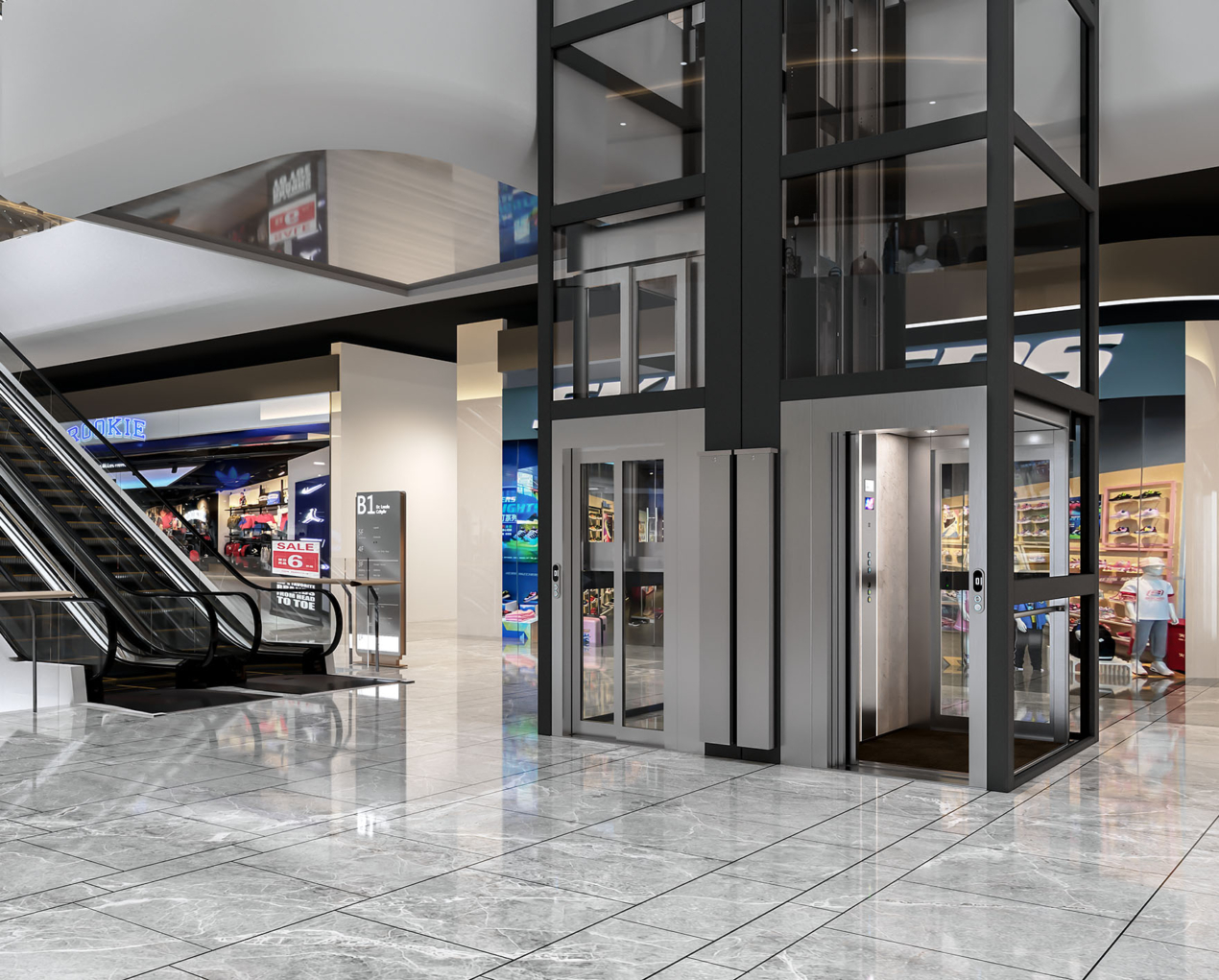Table of Contents
ToggleDo Home Elevators Work During Power Cuts?
Think you don’t have enough space for a home lift? Think again. Modern residential elevators are designed to fit into compact areas, even in homes with limited square footage. This guide also answers common safety questions like do elevators have backup power and explains elevator emergency power requirements so you can plan confidently and choose the right setup for your home.
Do Home Elevators Work During Power Cuts?
Yes, standard home lifts will stop if there’s no power—unless they are equipped with a battery backup or UPS (uninterruptible power supply) system. Without backup, the lift will halt mid-floor and require manual rescue
Battery Backup Systems Explained
Most premium home elevators in India come with integrated Emergency Battery Backup Systems, which:
- Bring the cabin safely to the nearest floor
- Open the doors automatically
- Keep interior lights and alarms running
These are essential for senior citizens and families with kids.
Types of Power Backup for Elevators
You can choose from:
- 🔋 In-built battery backup: Powers basic functions for 15–20 minutes
- ⚡ External UPS: Supports full operation of the lift for a few trips
- 🔌 Inverter with Lift Compatibility: Powers lift + lights + fans during outages
- ⚙️ Diesel Generators: Best for bungalows and villas with frequent cuts
Choose a backup solution based on your area’s power reliability.
What to Do If Your Lift Doesn’t Have Backup
If your home lift doesn’t come with built-in backup:
- Ask your installer to retrofit a UPS system
- Avoid using the lift during unstable weather or load shedding
- Use manual override functions (if available)
Safety should never be compromised—plan power backups during installation.
. Power Consumption of Home Lifts
Good news—home elevators use less power than you think.
Lift Type | Average Power (KW) |
Hydraulic | 2.2 – 3.7 KW |
Vacuum | 1.5 – 2.2 KW |
Traction (MRL) | 1.1 – 2.2 KW |
A basic residential lift uses as much electricity as a microwave oven or AC during operation—and none when idle.
Final Thoughts
Power cuts shouldn’t cut off your comfort. With the right backup system, your home elevator can function safely and reliably—even during blackouts.
FAQ
Explore Kreativ Lift India’s range of lifts with integrated power backup and smart safety features—built for Indian homes and Indian conditions.
If you have a battery backup system, the lift will move to the nearest floor and open the doors. If not, you’ll need external assistance.
Is battery backup included in all home lifts?
Not always. You should request it specifically or choose models that offer it as a standard feature.
Can solar power run a home lift?
Not always. You should request it specifically or choose models that offer it as a standard feature.





